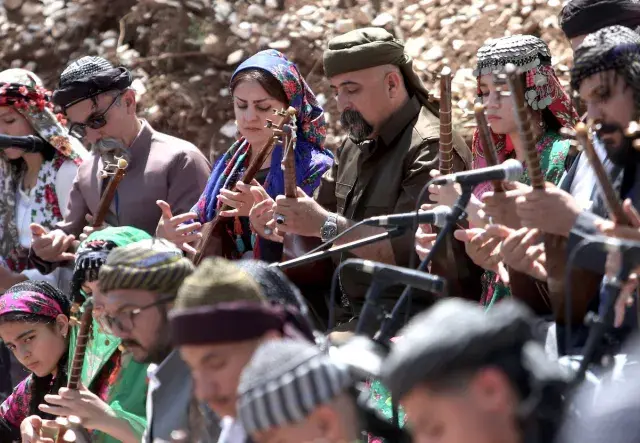Assyrians in Iraq

The Assyrians are a unique ethno-religious group in Iraq, though official Iraqi statistics categorize them as Arabs. They are descendants of ancient Mesopotamian civilizations, speak Aramaic, and are affiliated with one of four churches: Chaldean (Uniate), Nestorian, Jacobite (Syrian Orthodox), or Syrian Catholic.
Assyrians represent a distinct community with three primary origins: (1) those from Hakkari (in modern Türkiye), primarily tribal, whose leaders recognized both the temporal and spiritual authority of their patriarch, Mar Shimun; (2) a peasant community from Urumiya (in Iran); and (3) a largely peasant population in Amadiya, Shaqlawa, and Rawanduz within Iraqi Kurdistan.
They are believed to be descendants of the ancient Akkadians, who, beginning with Sargon of Akkad, formed the ruling class of Assyria. Babylonia (previously Sumer and Akkad) was a colony of Assyria. Over time, Aramaean tribes assimilated into the Assyrian empire, with their language becoming prevalent, leading to the merging of various cultures to create the ancient Assyrian culture. Today, in certain regions of the Assyrian homeland, a person's identity within the community often hinges on their village of origin or Christian denomination, such as Chaldean Catholic.
Most Assyrians communicate in a modern dialect of Syriac, an Eastern Aramaic language that includes dialects like Chaldean and Turoyo, in addition to Assyrian. All these dialects fall under the category of Neo-Aramaic languages and are written using the Syriac script, which is derived from the ancient Aramaic script. Assyrians may also speak one or more languages of their country of residence.
This article is licensed under CC BY-NC 4.0.





